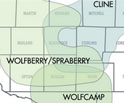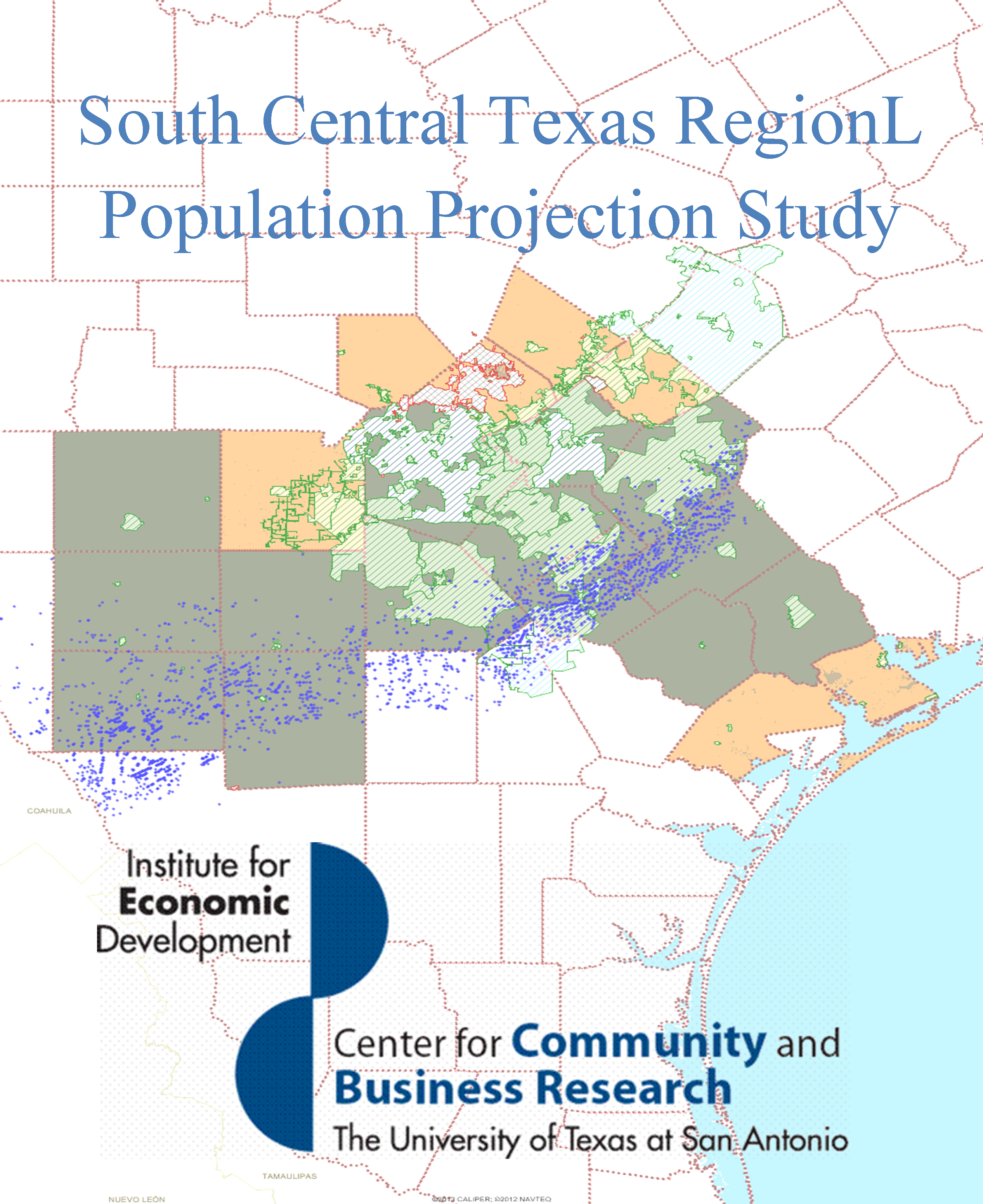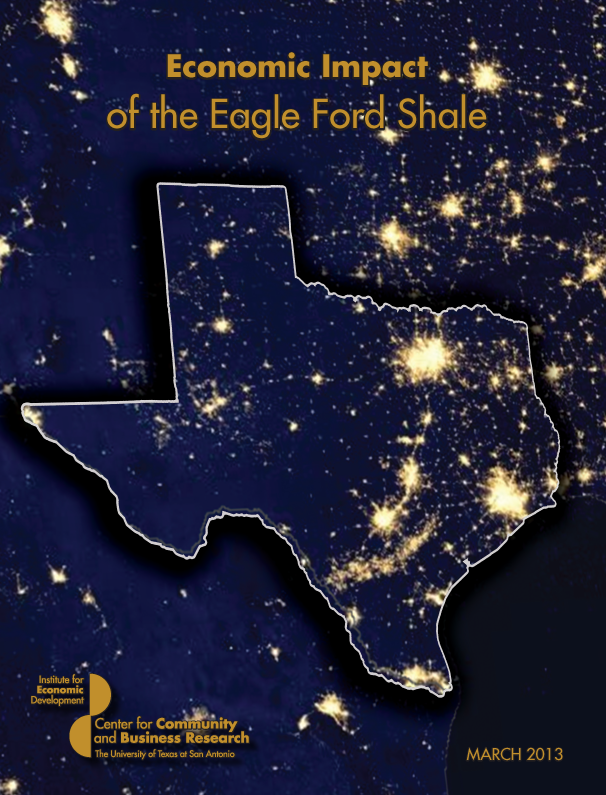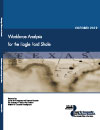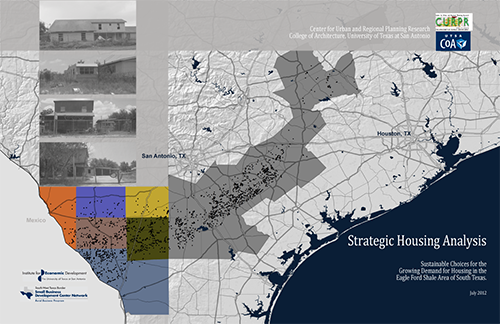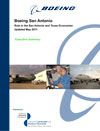The University of Texas at San Antonio Institute for Economic Development released a study today showing that three State grants to support natural gas programs generated $128 million in economic impact, generated $79.1 million in gross state product and supported 927 full-time jobs in 2014. The three grants, totaling $52.9 million, generated that impact by supporting the construction of new natural gas fueling stations and the adoption of natural gas vehicles.
The Texas Commission on Environmental Quality (TCEQ) administered the three grants: the Clean Transportation Triangle (CTT), the Alternative Fueling Facilities Program (AFFP) and the Texas Natural Gas Vehicle Program (TNGVP).
The CTT and AFFP encourage the building of natural gas fueling infrastructure to connect Dallas/Fort Worth, San Antonio, Austin, and Houston – an area known as the Texas Triangle – and to support fleets and other drivers of alternative fuel vehicles. The Texas Triangle comprises 60,000 square miles and is home to more than 70 percent of the state’s residents.
The Texas Natural Gas Vehicle Program (TNGVP) enables companies that own or operate heavy/medium duty motor vehicles to repower those vehicles with a natural gas engine, or replace those vehicles with natural gas vehicles.
The CTT and AFFP grants totaled nearly $21 million and supported 54 natural gas station applicants from 2012 to 2014. The TNGVP grants, $32 million, supported 618 natural gas vehicle purchases and four vehicle conversations for 50 applicants from 2012 to 2014.
“Our research shows that public investment in natural gas fueling stations and the vehicles they support are positively and significantly impacting the Texas economy by providing jobs and improving air quality for the state,” said Tom Tunstall, director of research at the UTSA Institute of Economic Development.
UTSA’s research also found that, in 2013, the three TCEQ grants generated $30.2 million in economic output, $14.7 in gross state product and 132 full-time jobs.
Rep. Isaac quote: “We all want to keep our economy strong and our air clean, and this study shows how the Texas Clean Transportation Triangle helps us do exactly that,” Isaac said. “That’s why I filed HB 652 to block efforts of transferring state revenue away from the fund that supports the Triangle. We have a broad coalition, including Sierra Club, Texas Chemical Council, America’s Natural Gas Alliance, Texas Association of Business, and the City of Austin, among others, which shows that this is an issue that transcends party lines.”
State monies provided by the incentive grants contributed approximately 25 percent of the total of private sector investment in facilities spending, and provided a highly beneficial and positive economic impact for Texas related to jobs, environmental sustainability, energy independence, and the strength of Texas industry and its citizens.
UTSA economists predict that the impact of the three grants will skyrocket in 2018, generating:
- $484 million in total economic output
- $302 million gross state product, and
- 3,076 full-time jobs
Newly released data from the Texas Railroad Commission shows that natural gas vehicles (NGVs) are the most popular alternative fuel vehicles in the state, with more than 7,000 NGVs currently in operation. According to the U.S. Department of Energy, natural gas burns cleaner than gasoline or diesel fuels because of its lower carbon content.
“Natural gas is generating big benefits for Texas,” said Texas Railroad Commissioner David Porter. “By investing in programs like the Texas Clean Transportation Triangle and my Natural Gas Initiative to get more natural gas vehicles on Texas roads, we’re supporting Texas jobs and keeping our economy strong. This study is a great reminder that when we use more Texas-produced natural gas to make vehicle fleets cleaner, we all benefit.”
The UTSA Institute for Economic Development is dedicated to creating jobs, growing businesses and fostering economic development. Its 12 centers and programs provide professional business advising, technical training, research and strategic planning to entrepreneurs, business owners and community leaders.
Other institute research reports include Economic Impact of Oil and Gas Activities in the West Texas Energy Consortium Region (December 2013), Economic Impact of the Eagle Ford Shale (March 2013), Eagle Ford Shale Economic Impact and Workforce Analysis (October 2012) and other studies.
Economic Impacts of Natural Gas Fueling Station Infrastructure and Vehicle Conversions in the Texas Clean Transportation Triangle was prepared by the Center for Community and Business Research at the UTSA Institute for Economic Development. The research was supported with funding from America’s Natural Gas Alliance (ANGA).
——————————
View the full report: CLICK HERE.
View the report’s executive summary: CLICK HERE
——————————




